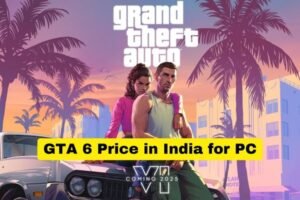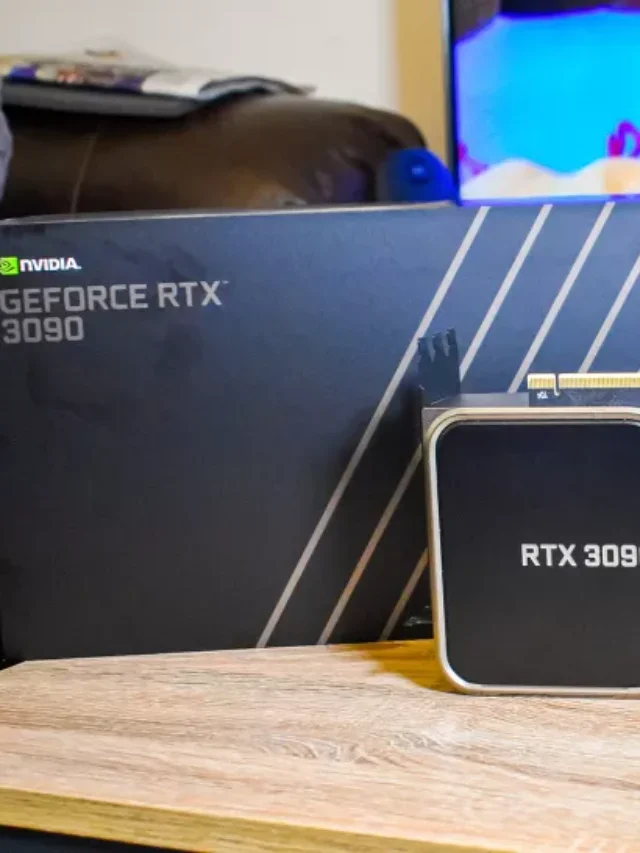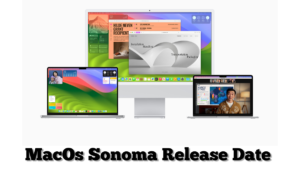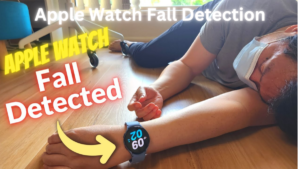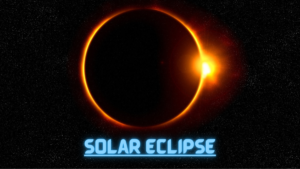“Maximize Your Blogging Success: A Comprehensive Guide to Content Creation, Platform Selection, and SEO Optimization”
Blogging is a powerful tool for content creation, brand building, and monetization. Whether you’re a beginner or a seasoned blogger, it’s important to stay informed and up-to-date on the latest best practices and trends in blogging. By focusing on key areas like content creation, writing style, keyword optimization, and social media sharing, you can create a successful and engaging blog that connects with your audience and drives results.
In order to succeed in blogging, it’s important to understand the importance of search engine optimization (SEO) and how it impacts the visibility and ranking of your blog. By focusing on tactics like keyword optimization, backlinks, and social signals, you can improve your blog’s ranking and visibility on search engines, and drive more traffic and engagement to your blog.
In addition to SEO, it’s also important to understand the value of content marketing and how it can support your blogging goals. By creating and distributing valuable content, you can build your brand, increase your audience, and drive results.
Ultimately, the key to successful blogging is to focus on your audience and create content that aligns with their needs and interests. By building strong relationships with your audience and providing them with valuable and engaging content, you can create a successful and profitable blog that drives results and grows over time.
Here are Some useful Words for Blogging
Blogging has become an important aspect of digital marketing and online brand building. With the increasing number of internet users, bloggers have a unique opportunity to reach a massive audience and make a significant impact. To start a successful blog, it’s crucial to understand the various components of blogging and how they work together to create a cohesive, engaging, and SEO-friendly blog.
“10 Proven Strategies to Rank Your Website on Google’s First Page: An SEO-Friendly Guide”
Content Creation
Creating quality content is the foundation of any successful blog. When starting a blog, it’s important to consider your target audience, their interests, and what kind of content will keep them engaged. It’s also important to have a writing style that appeals to your audience and speaks to them in a voice that is natural and relatable.
Blogging Platforms
Choosing the right blogging platform is key to the success of your blog. There are several options available, including WordPress, Blogger, and Wix, to name a few. It’s important to choose a platform that provides the necessary tools and features to help you create and manage your blog effectively.
Writing Style
Your writing style is critical to the success of your blog. To keep your readers engaged, it’s important to write in a tone that is conversational and easy to understand. The way you present your content also affects your readers’ experience. Use subheads, bullet points, and other formatting techniques to break up the text and make it easy to read.
Keywords
Keywords play a significant role in search engine optimization (SEO) and help your blog rank higher in search results. When creating content, it’s important to choose keywords that are relevant to your topic and target audience. These keywords should appear in your headlines, subheads, and throughout your content to help search engines understand the topic of your blog.
Headlines
Headlines are the first thing your audience sees and are crucial to the success of your blog. They should be attention-grabbing, concise, and clearly state the topic of your content. When writing headlines, it’s also important to include keywords to help improve your SEO.
Subheads
Subheads are the smaller, less prominent headlines that break up the text of your blog. They provide an easy-to-follow structure for your readers and help keep them engaged. Like headlines, subheads should also include keywords to help with SEO.
Tone
The tone of your blog is the attitude and emotion you convey in your writing. It’s important to choose a tone that is consistent with your brand and appeals to your target audience. Your tone should be conversational and relatable to keep your readers engaged.
Voice
Your voice is the unique personality and style that sets your blog apart from others. When developing your voice, consider the tone and style you want to convey and make sure it’s consistent throughout your blog.
Image Optimization
Images are an essential part of any blog and can greatly enhance the reader’s experience. When using images, it’s important to optimize them for both size and quality. Large, high-quality images can slow down the loading speed of your blog, which can negatively impact your SEO. To avoid this, make sure to compress your images and reduce their file size.
Video Optimization
Videos are another great way to add value to your blog and engage your audience. When using videos, it’s important to optimize them for both size and quality. Videos should also be captioned for accessibility and include a transcript for improved SEO.
Audio Optimization
Audio is another way to enhance your blog and add a different type of content for your audience to consume. When incorporating audio into your blog, it’s important to optimize it for quality and size. Additionally, including a transcript of the audio can improve the accessibility of your content and help with SEO.
Interactive Elements
Interactive elements, such as quizzes, surveys, and user-generated content, can help engage your audience and keep them coming back for more. These elements also provide a different type of content for your audience to consume and can help break up text-heavy blog posts.
Content Format
The format of your content is also an important factor in its success. Different types of content, such as infographics, e-books, and webinars, can provide a fresh and engaging experience for your audience. Experiment with different formats to see what works best for your blog and audience.
Categories and Tags
Categories and tags help organize your blog and make it easier for your audience to find related content. When creating categories and tags, it’s important to choose relevant and specific terms that accurately describe your content.
Social Media Sharing
Social media is an effective way to reach a wider audience and promote your blog. When creating content, make sure to include social media sharing buttons and encourage your readers to share your content on their own platforms.
Commenting
Commenting allows your audience to engage with your content and provides an opportunity for them to ask questions, give feedback, and start a conversation. Encouraging comments on your blog can help increase engagement and build a sense of community around your content.
Analytics
Analytics is an important tool for tracking the success of your blog. By using analytics, you can see how many people are visiting your blog, how long they’re staying, and what types of content they’re interested in. This information can help you make informed decisions about the future direction of your blog.
Traffic
Traffic refers to the number of people visiting your blog. Having a high level of traffic is important for the success of your blog, as it increases the visibility of your content and helps you reach a wider audience.
Subscribers
Subscribers are individuals who have signed up to receive updates and new content from your blog. Building a strong subscriber base is important for the long-term success of your blog, as it helps you establish a loyal and engaged audience.
Engagement
Engagement refers to the level of interaction and participation from your audience. High levels of engagement indicate that your audience is interested in your content and invested in your blog. Encouraging engagement through commenting, social media sharing, and interactive elements can help keep your audience engaged and coming back for more.
Search Engine Optimization (SEO)
SEO refers to the process of optimizing your blog to rank higher in search engine results. This includes using keywords, optimizing your content format, building backlinks, and improving your domain and page authority. By improving your SEO, you can increase the visibility of your blog and reach a wider audience.
Backlinks
Backlinks are links from other websites that point to your blog. Having a high number of backlinks can improve your SEO and increase the visibility of your content. Building backlinks through guest blogging and link-building strategies can help improve the authority of your blog and its ranking in search engine results.
Domain Authority and Page Authority
Domain authority and page authority are metrics that measure the strength and authority of a website. Higher scores in these metrics can improve your SEO and help your blog rank higher in search engine results.
Anchor Text
Anchor text is text that is hyperlinked to another page or website. When building backlinks, it’s important to use descriptive and relevant anchor text, as it helps search engines understand the context of the link and the relevance of the linked content.
Link Building
Link building is the process of acquiring backlinks from other websites. This helps improve your SEO and increase the visibility of your content. There are a variety of link-building strategies, including guest blogging, broken link building, and resource link building.
Social Signals
Social signals are signals from social media platforms that indicate the popularity and engagement of your content. These signals, such as shares and likes, can help improve your SEO and increase the visibility of your content.
Content Marketing
Content marketing is a strategy that involves creating and distributing valuable content to attract and engage your audience. By incorporating content marketing into your blog strategy, you can build your brand and establish yourself as an authority in your industry.
Brand Building
Brand building refers to the process of creating and establishing a strong and recognizable brand identity. This includes developing a unique voice and tone, using consistent imagery and graphics, and establishing a clear message and mission for your blog.
Monetization
Monetization refers to the process of generating revenue from your blog. There are a variety of monetization strategies, including affiliate marketing, ad revenue, sponsored content, and product reviews. It’s important to find a monetization strategy that aligns with the values and goals of your blog.
Affiliate Marketing
Affiliate marketing is a monetization strategy that involves promoting other people’s products and earning a commission on any sales that result from your promotions. This can be a great way to earn passive income from your blog.
Ad Revenue
Ad revenue is generated by placing ads on your blog and earning money based on the number of clicks or impressions they receive. This can be a great way to monetize your blog and generate passive income, but it’s important to choose advertising partners that align with the values and goals of your blog.
Sponsored Content
Sponsored content is a type of advertising in which a brand pays you to create content that promotes its product or service. This can be a great way to monetize your blog, but it’s important to be transparent about sponsored content and only partner with brands that align with the values and goals of your blog.
Product Reviews
Product reviews can be a great way to monetize your blog, as well as provide valuable information for your audience. By reviewing products and providing your honest opinion, you can build trust with your audience and potentially earn affiliate commissions or sponsored content opportunities.
Guest Blogging
Guest blogging is a link-building strategy that involves writing articles for other blogs in exchange for a backlink to your own blog. This can help improve your SEO and increase the visibility of your content.
Podcasting
Podcasting is a great way to reach a wider audience and provide them with a different types of content. When starting a podcast, it’s important to choose a topic that aligns with the values and goals of your blog and to optimize your audio for quality and accessibility.
Webinars
Webinars are a type of interactive content that allows you to connect with your audience in real time. By offering webinars, you can build your brand, establish yourself as an authority in your industry, and provide a unique and engaging experience for your audience.
E-books
E-books are a type of content that provides your audience with a comprehensive and in-depth look at a particular topic. By creating and distributing e-books, you can build your brand, establish yourself as an authority in your industry, and provide valuable information for your audience.
Newsletters
Newsletters are a great way to stay connected with your audience and provide them with regular updates and content. By creating and distributing newsletters, you can build your audience, increase engagement, and drive traffic back to your blog.
Infographics
Infographics are a type of visual content that provides information in a graphical and easy-to-understand format. By creating and sharing infographics, you can make complex information accessible and engaging, and increase the visibility of your content on social media.
Quizzes
Quizzes are a fun and interactive way to engage with your audience. By creating and sharing quizzes, you can increase engagement and drive traffic back to your blog.
Surveys
Surveys are a way to gather feedback from your audience and gain insights into their needs and opinions. By creating and distributing surveys, you can build stronger relationships with your audience, improve your blog, and create content that aligns with their needs.
User-generated Content
User-generated content is content that is created by your audience, such as comments, reviews, and social media posts. By encouraging and leveraging user-generated content, you can increase engagement, build community, and drive traffic back to your blog.
Call-to-Action (CTA)
A call-to-action (CTA) is a prompt or instruction that encourages your audience to take a specific action, such as subscribing to your newsletter or purchasing a product. By incorporating CTAs into your blog, you can increase conversions and drive desired actions from your audience.
Landing Pages
Landing pages are dedicated pages designed to drive specific actions from your audience, such as signing up for a newsletter or purchasing a product. By creating effective landing pages, you can increase conversions and drive desired actions from your audience.
Conversion Rate Optimization
Conversion rate optimization is the process of improving the performance of your blog and increasing the number of conversions it generates. This involves analyzing and optimizing various elements of your blog, such as your content, design, and call-to-actions, to drive desired actions from your audience.
Content Management System (CMS)
A content management system (CMS) is a platform that allows you to create, manage, and publish content on your blog. There are a variety of CMS platforms available, each with its own features and capabilities, so it’s important to choose a CMS that aligns with the needs and goals of your blog.
Plugins
Plugins are add-ons that add new features and functionality to your CMS. There are a variety of plugins available, each with its own features and capabilities, so it’s important to choose plugins that align with the needs and goals of your blog.
Themes
Themes are pre-designed templates that provide a visual design for your blog. There are a variety of themes available, each with its own features and designs, so it’s important to choose a theme that aligns with the values and goals of your blog.
In conclusion, these 50 keywords are essential components of a successful blog strategy. Whether you’re just starting out or looking to improve your existing blog, incorporating these elements into your strategy can help you reach your goals and build a strong and engaging online presence.
From content creation and blogging platforms to monetization and conversion rate optimization, each of these keywords plays a critical role in the success of your blog. By focusing on these elements, you can drive traffic, increase engagement, and build a loyal following of readers.
As you continue to develop your blog strategy, it’s important to stay up-to-date with the latest trends and best practices in the world of blogging. By continuously learning and evolving your strategy, you can ensure that your blog remains relevant and effective for years to come.

